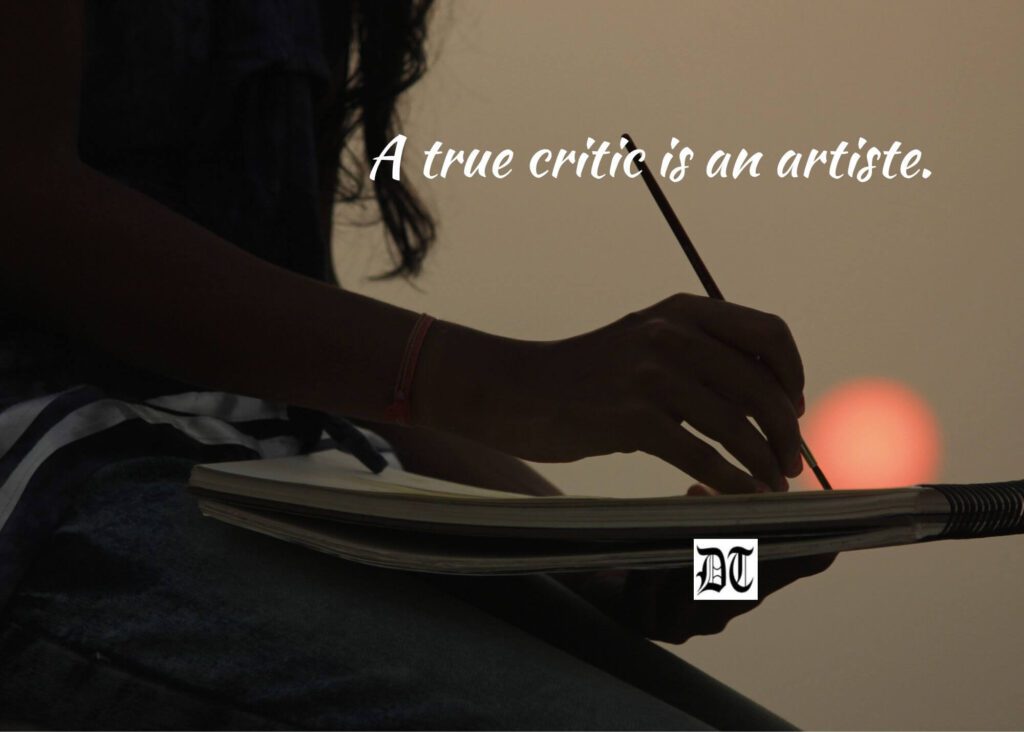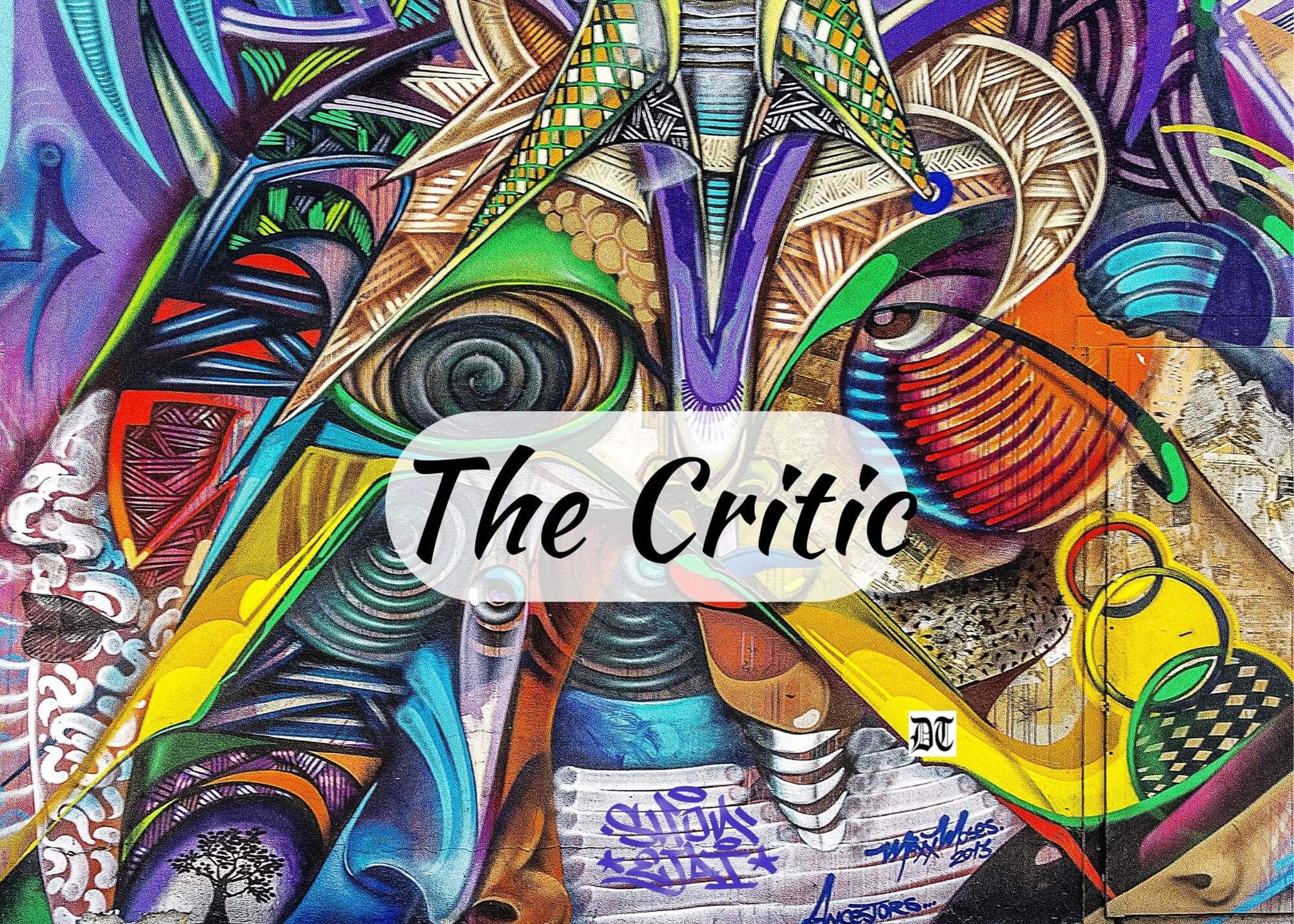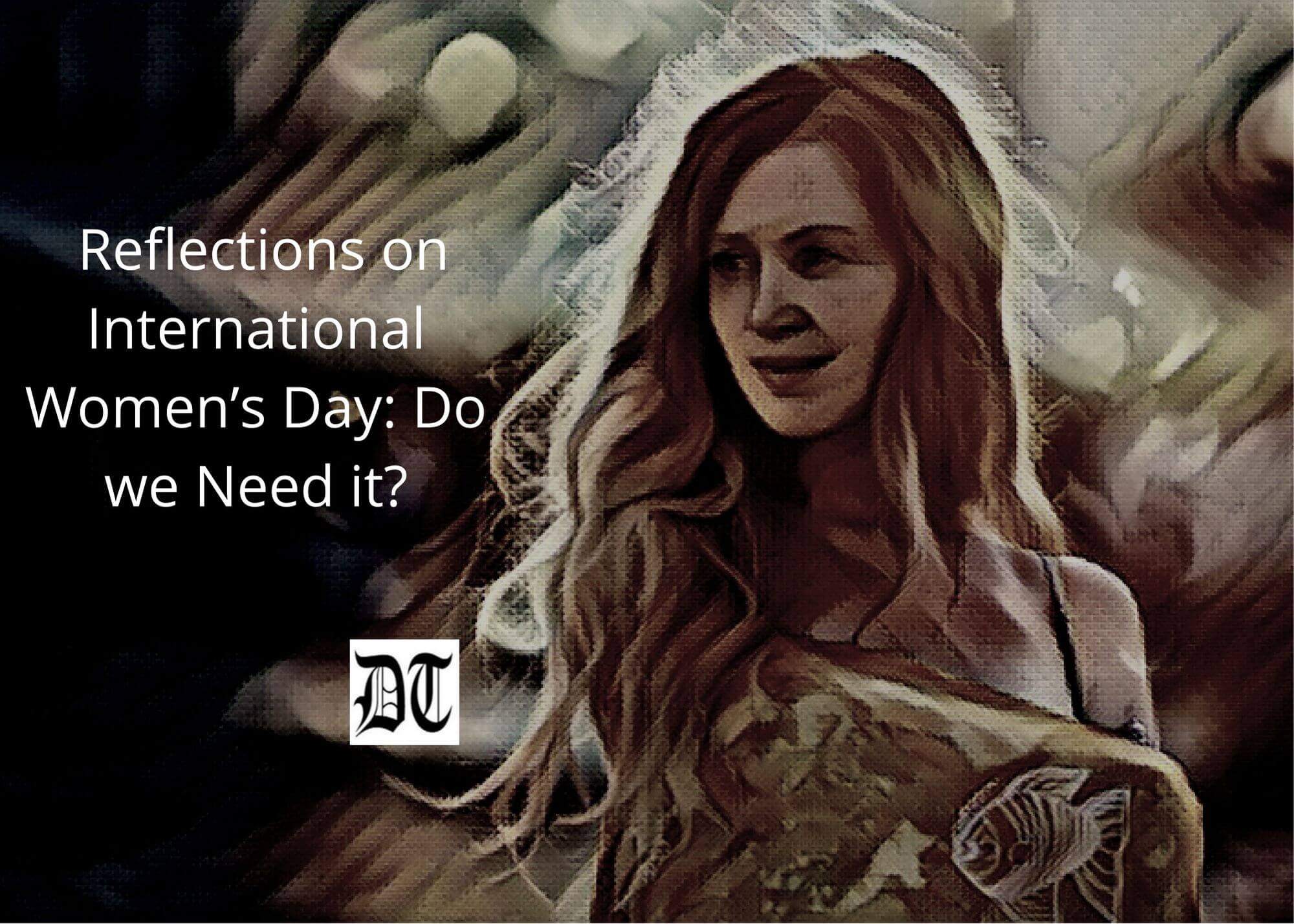Arindam analyses how an artiste and a critic view a work of art, which has a complex relationship with the landscape of its time. A true critic is as inspired as the artiste, he opines.
The house of art has a complex relationship with the landscape of the time. It embraces art, economics, social function and craftsmanship. The view of the vista for mere accumulation of knowledge, for its own sake, seem barren, in the fact of the human desire for order, pattern, and explanation. That something to be explained constitutes the disciplining center of study.
A critic may, however, view the house of art in isolation, ignoring the landscape of the time. His energy could be devoted to the external architecture, as well as the internal intricacies. The carpet in the room can be examined, with professional expertise, both for fit and pattern. The exercise may quite please the critic, but the inventory of beauty could be tiresome if the detail is too minute. On the other hand, the recognition that it exists within the landscape has dangers too. The object of attention may lose scrutiny, and blur, if it is dominated by surroundings.
“…In the beginning, there must be the guiding spirit.”
An uninspired methodology does not achieve results. I am in agreement with the French historian, Marc Block, “…every historical research supposes that the inquiry has a direction at the very first step. In the beginning, there must be the guiding spirit.” Human consciousness is part of the raw material of history. This gives a crucial role to a work of art, a form in which the complexities of human consciousness can be explored, to a large extent, with subtle exactness.

Great art and great artistes invite a robust communion …
A true critic is an artiste. Just as the artiste is his own critic. The artiste is the very first consumer of his work. He cannot allow the artwork to leave the shop-floor unless he is satisfied. However, this is not the case with other produce. Great art and great artistes invite a robust communion because they arise from, and exist, in a world of public interest, as well as, private imagination. Imagination, to be precise, appeals to the public, as it does to the private.
A true critic fires his imagination with the same creative impulse that is supposed with the guiding spirit of the artiste alone. Without a creative impulse, the critic may, at best produce, a piece of evidence that must take its place, possibly amongst hundreds of others.
Picture design Anumita Roy, Different Truths





 By
By


“A true critic is an artist. Just as the artiste is his own critic”. Both are right in their own way. Apt explanation, Sir.
Thank you so much, Sir.
Sir, this is a very perceptive write up about the artist-critic conundrum. I believe every good artist has to be his own critic, but professional critics may be driven by agendas which may not be aesthetic. My experience of the literary academy tells me that criticism and literary theory have become so powerful that poor literature has been reduced to being a footnote to theory. The complicity of the creative authors in producing literary works that show heightened awareness of theoretical trends, cannot be ruled out. In a way, the literary academy has been taken over by literary critics adept at using such jargon as would drive most people away except the thoroughbred critics themselves.
I enjoyed reading your piece.
Dear Sir, Many thanks for your profound and perceptive observations. I agree with you. Criticism for the sake of criticism is often agenda driven.